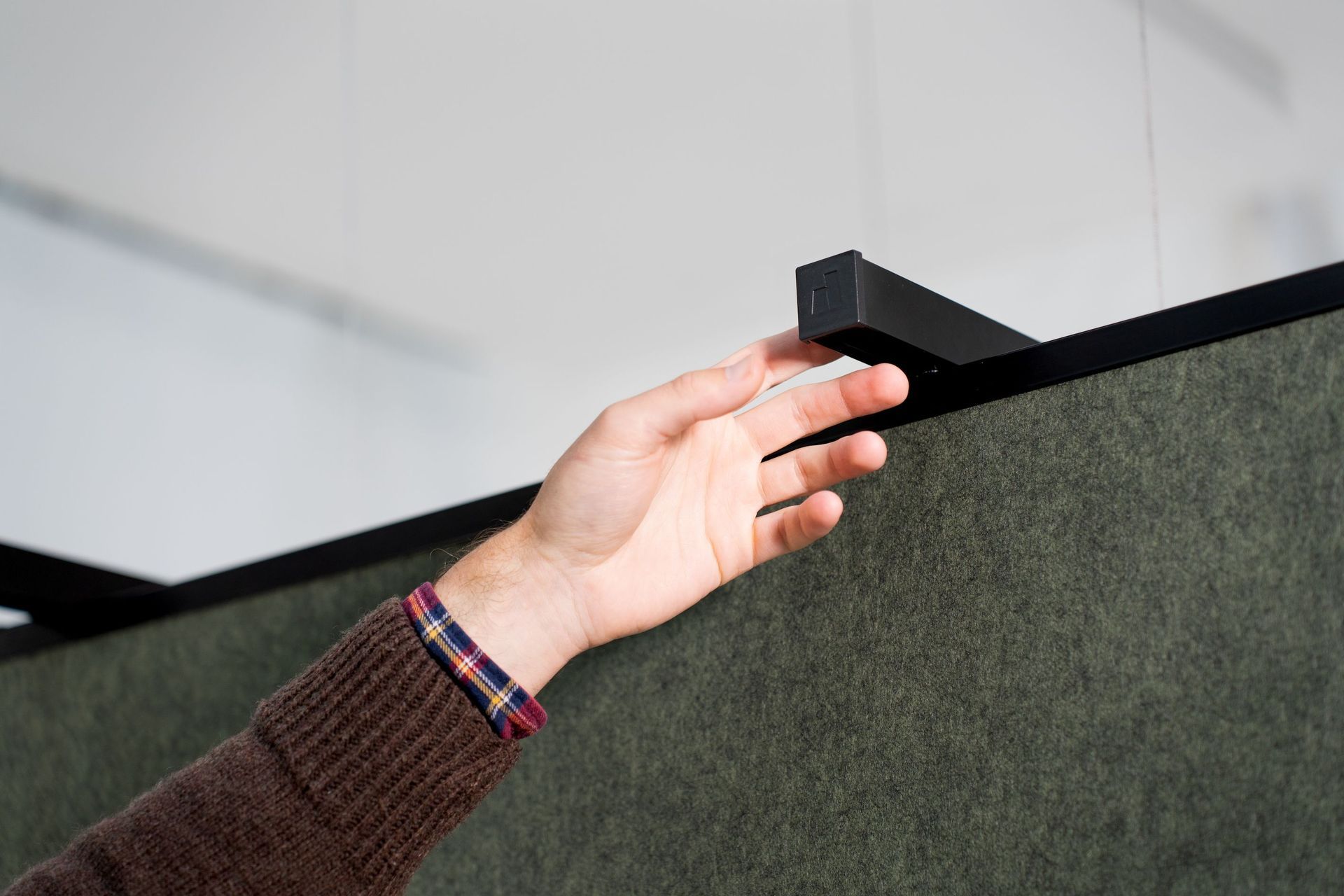Our Journey Towards a Circular Economy

Sustainability within the architecture and design industry has undergone a powerful transformation. Previously viewed as something to tick off your to-do list or a nice to have add-on, it now plays a crucial role throughout the design process. This isn’t focussed just in the selection of materials and products to use, but is part of a more holistic approach as the industry recognises the environmental, social, and economical benefits this offers.
This is exactly what our group technical and sustainability manager, Aidan Hill, is seeing. “Architects and designers have gained a deeper understanding of what sustainability means to them as practitioners and how it influences individual projects.” He goes on to say that “The focus has shifted from general sustainability inquiries to more specific and nuanced questions about product specifications and sustainability processes. Similarly, questions about our sustainability processes and credentials have evolved from ‘do we recycle’ to ‘how we recycle.’”
Sustainability has been a part of our core values since our inception in 1976 and plays a crucial role in every decision we make. With our original product, insulation, being manufactured with zero waste, it has set the standard for how we approach our work. Sustainability is now deeply rooted throughout our operations, from procurement and design process all the way through to production processes.
“Sustainability is innate to the way the business functions,” explains Hill. “It’s a key factor for our procurement team when screening potential new raw materials and suppliers for their environmental and social impacts. Similarly, it’s a crucial consideration for our research and development team when creating new products – they consider how to minimise material use, as well as design for disassembly and recyclability at EOL. And, of course, our production teams in minimising production waste and redirecting product trimmings away from landfill into other uses.”

This focus on sustainability translates into a range of programmes aiming to improve our footprint and innovate where sustainable technology and practices are involved.
Back in 2021 we achieved carbon neutrality across our global operations and our entire acoustics product range. On top of this, we have developed a circular economy strategy which ensures our products and operations are consistently guided towards a clear goal. This is reviewed and improved on a regular basis. We are committed to a circular economic model and are consistently looking to update and develop our processes to fit into this.
“In the past, we’ve used recycled manufacturing waste as insulation infill which is great given it’s downcycling,” says Hill. “But now, we’ve developed and implemented an industry-first process for recycling panel offcuts made from recycled PET. It’s unique because, traditionally, recycled PET has been condemned to landfill. But now, our industry-first machine can turn recycled PET fibre into a solid pellet which can be used by various manufacturers for various applications, such as injection moulded products.”
This industry first recycling method for acoustic panel offcuts is a breakthrough moment for the team. This process promotes resource efficiency and reduces waste, while pushing Autex Acoustics’ towards their goal of repurposing 100% of post-industrial waste into new products, and working towards zero-waste manufacturing lines. On top of this, they are continually increasing the amount of recycled content in their products, aiming for closed-loop production.
How we deal with our construction waste in New Zealand is a growing problem. As activity continues to grow within this space, we are continuing to put strain on our waste management streams. It is estimated that construction and demolition waste makes up to 50% of New Zealand’s total waste going to landfill. This is a significant volume of material and can be linked to issues such as resource loss, environmental pollution, and carbon emissions.
“As product designers, we design for circularity, ensuring that our products are as sustainable as possible,” Hill explains. While we have acoustic solutions like Frontier™ and our new adhesive-free, air-gap system, Lanes™, which can be dismantled at the EOL, our goal is to continue developing our range to make it 100% designed for disassembly. However, we don’t want to stop there. We are also aiming to repurpose 100% of our post-industrial waste. “We want to be able to transform waste generated during the manufacturing process into new products in order to move toward zero-waste manufacturing lines,” Hill adds. “On top of that, our commitment to sustainability extends to collaborating with the wider industry to advocate for better product stewardship and recognising the importance of collective action in achieving a greener future.”
With the perception of sustainability developing, we want to do our part in shaping the future of sustainable design practices. This is not an issue that can be solved by individual businesses and requires the combined efforts of everyone within our industry. We are looking forward to collaborating and learning as we all work together to create a more sustainable and conscientious architecture and design industry.
